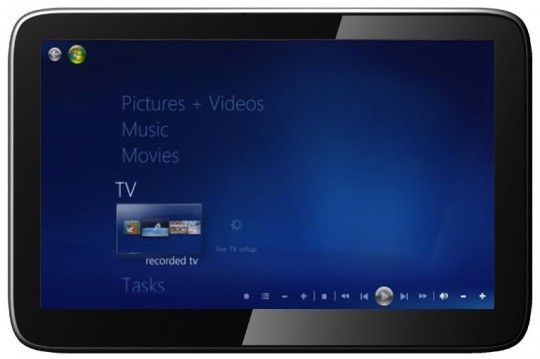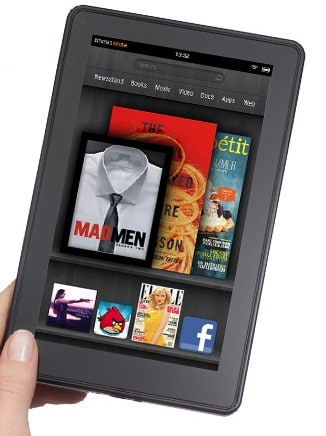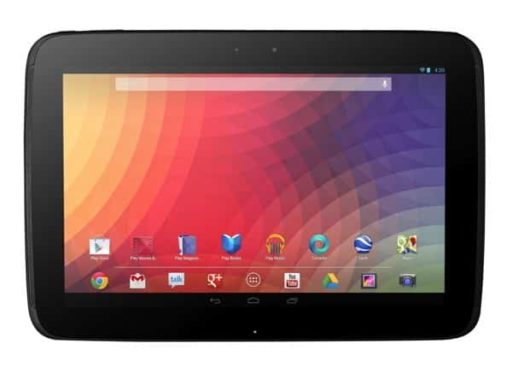Microsoft is working for create own software layer with Windows 7 tablet.They are closer to hardware-software optimisations with Windows 7 and Windows 7 Media Center and they could re-tooled user interface……
One of the biggest knocks against Windows 7 slates is the interface. Yes, Windows 7 can handle touch. But no, it is not touch-centric.Some OEMs have taken matters into their own hands and created custom touch interfaces that make Windows 7 (or Windows Embedded Compact, for those slate/tablet makers who are building around that operating system instead of full Windows 7). The so-called “Connect Four” interface on the coming ExoPC slates is one example.
By providing such an interface, Microsoft would avoid the lack of a consistent and standardized interface that have plagued Android and Windows Mobile developers and users.Microsoft is simply going to encourage its OEM partners to use the Windows Media Center interface, or at least elements of it, to create more touch-friendly Windows slate interfaces.
Blogger Mark Wilson, who is a solution architect for an IT services company there, posted some interesting tidbits from the UK TechDays Ballmer Q&A. In response to a question about Microsoft’s planned slate strategy and the suitability of Windows 7 for the slate form factor, Ballmer responded:
“Yeah, what you’ll see over the course of the next year is us doing more and more work with our hardware partners creating hardware-software optimisations with Windows 7 and with Windows 7 Media Center […] Media Center is big and, when people say ‘hey, we could optimise more for clients’ I think what they generally mean is ‘Big Buttons’. Big Buttons that’s, I think, a codeword for Big Buttons and Media Center is Big Buttons not Little Buttons. I’m not trying to trivialise that – it’s a real issue.”
Until Windows 8 rolls out in 2012, Microsoft is going to focus on getting OEMs to work with features and functionality that’s already out there in some form, Ballmer emphasized.Microsoft is simply trying to get its partners to customize to look more like Media Center, or to actually make Media Center technologies key to the coming Windows-based slates. Remember: When Microsoft officials talk about “Windows slates,” sometimes they mean Windows 7 slates and sometimes they mean Windows Embedded slates.
Embedded Standard is a componentized version of Windows 7. It includes Windows 7 features, ranging from support for Active Directory group policies and Virtual Desktop Infrastructure (VDI), to Aero, Windows Touch, IE 8 and more. The most potentially interesting new addition to the version 7 release of the Embedded Standard platform, however, was Windows Media Center and Windows Media Player 12 functionality, the Softies said.
Windows Embedded Compact 7 which Microsoft has still not yet released to manufacturing, but is still due to RTM in calendar 2010 already has been seen in prototype form in some Windows slates/tablets. Microsoft and its partners showed off this summer slates running the near-final Embedded Compact 7 code.
Via :zdnet.com



